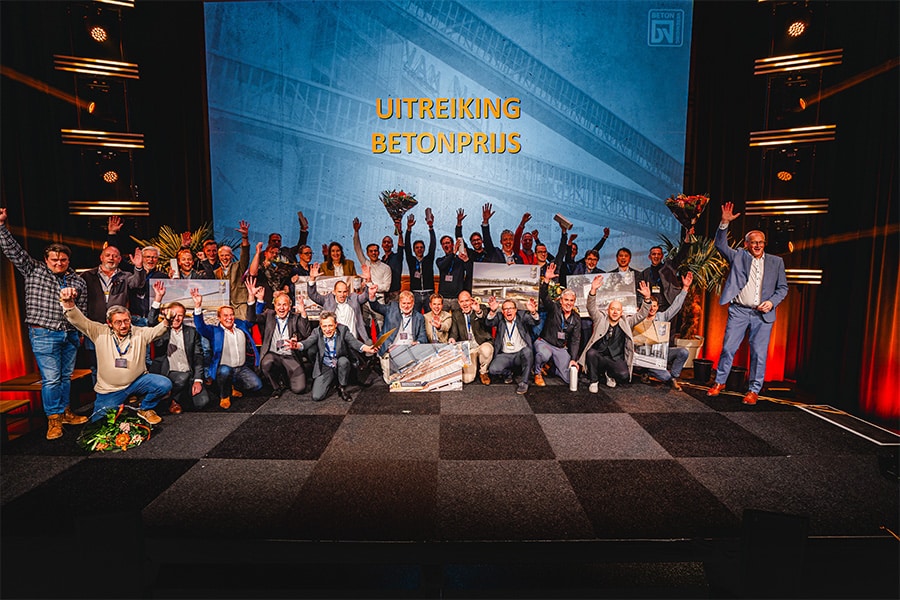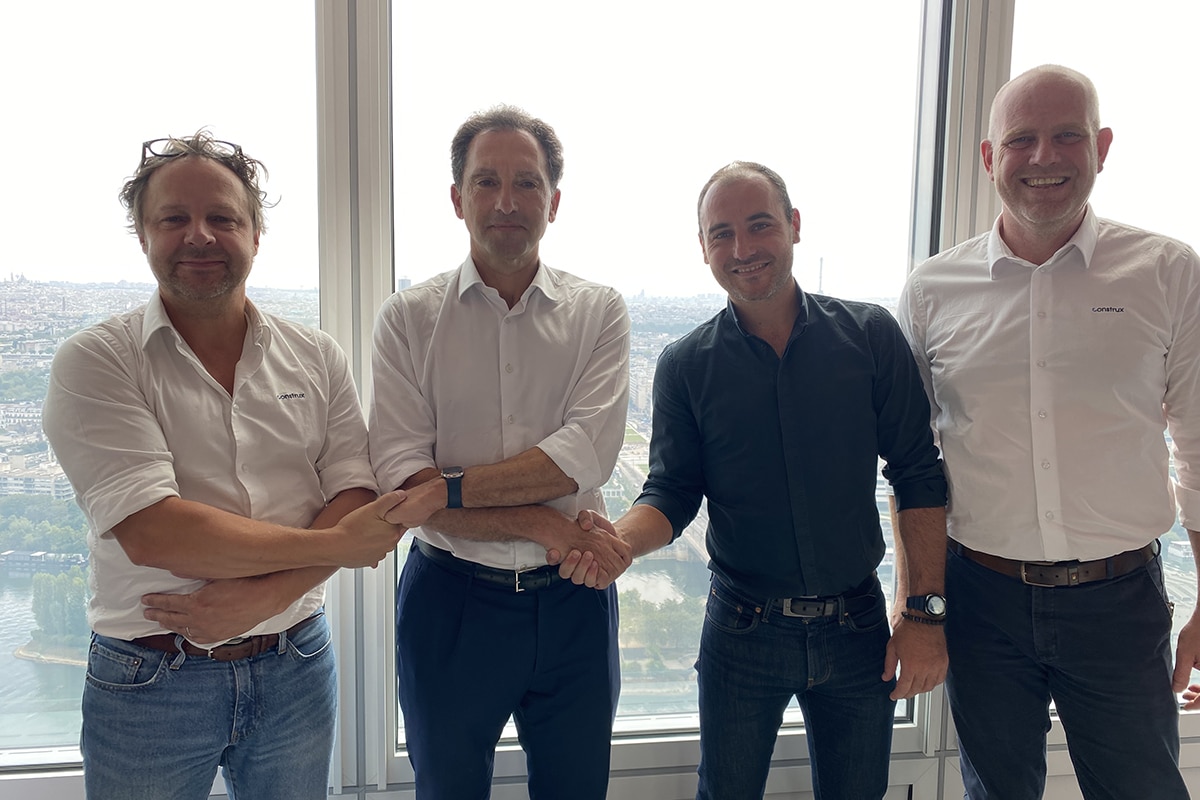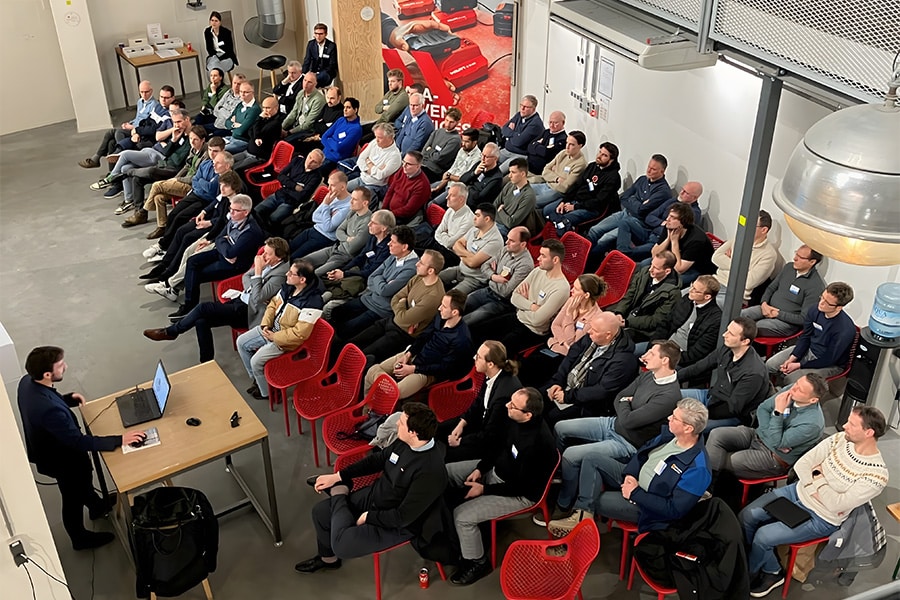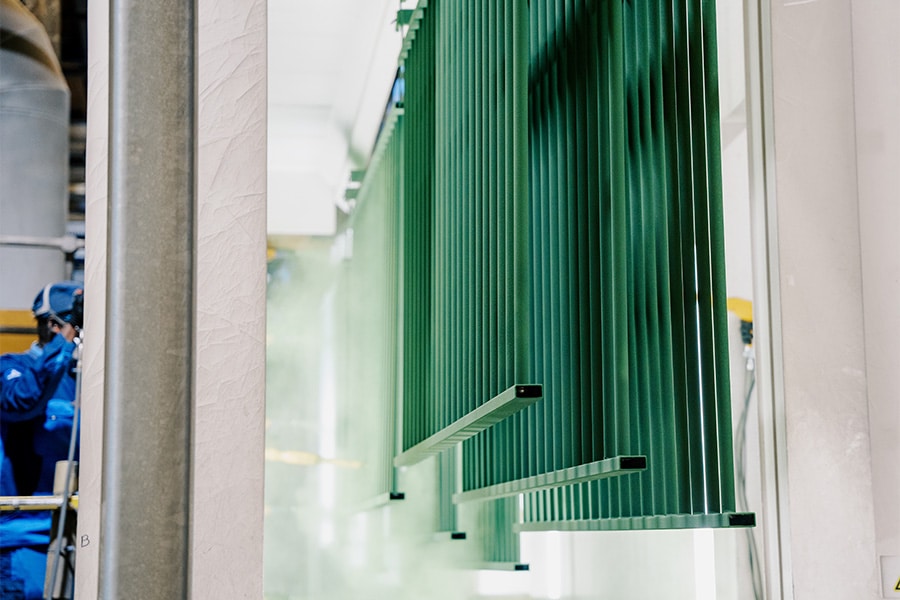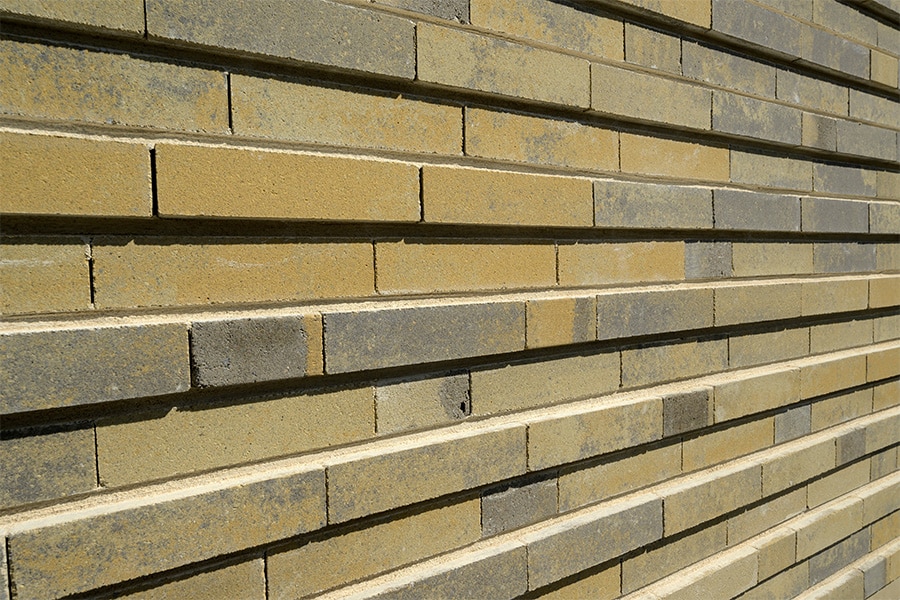
'The concrete brick has been reinvented'
The future of façade architecture
A special housing project is rising in Maastricht: fifty social housing units in which architecture and concrete reinforce each other. The concrete facing bricks are the striking feature of these homes, seamlessly combining aesthetics and functionality. Why is this material being chosen more and more often? We spoke to Mark Feron, architect at ARCHITECTENZAAK, Ron Arnold, master bricklayer at Bouwbedrijf Ros and Patrick van den Tillaart, commercial director of MBI De Steenmeesters, about the versatility, advantages and challenges of concrete facing bricks.
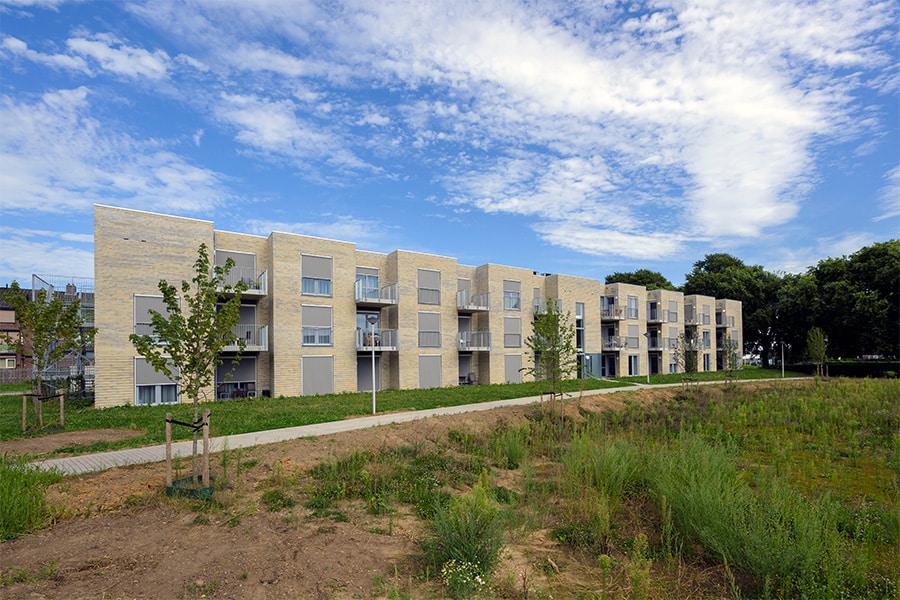
A natural look
Feron is very enthusiastic about the possibilities of concrete facing bricks and says, "For this project we used a new color, which we developed in collaboration with MBI for a previous project: GeoStylistix LimeStone Yellow. The stone has a top layer of pressed minerals, which makes it look like natural stone. That makes it an aesthetically interesting choice, especially when combined with the project's green surroundings." In addition to appearance, practical considerations also play a role. Concrete facing bricks are dimensionally stable, which means they always have the same dimensions. This makes the construction process tighter and more efficient, as there is less variation and therefore fewer corrections needed during construction.
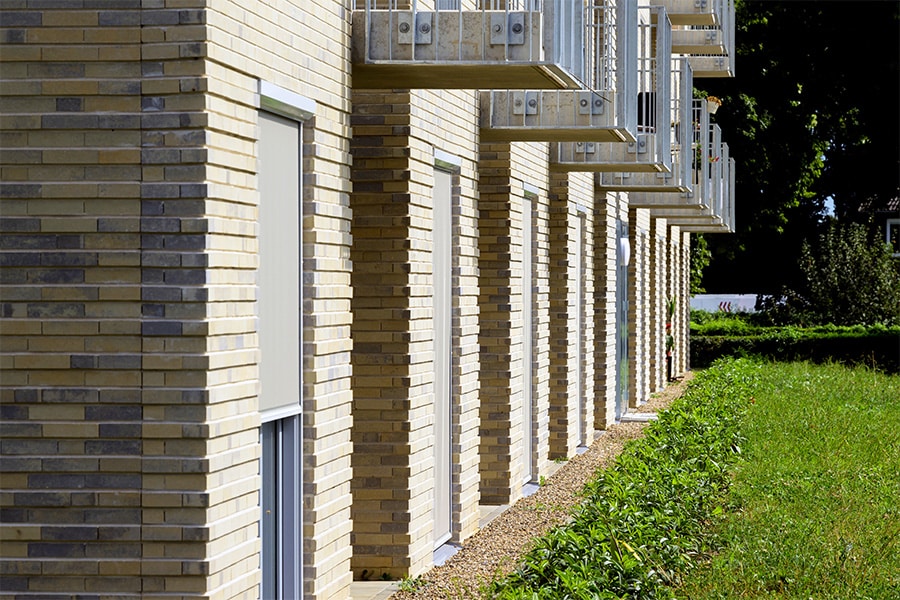
Masonry with precision and attention
Arnold sees both advantages and challenges in working with concrete facing bricks. "Concrete facing bricks are tight and dimensionally stable, but require just a little more precision," he says. "You can't just cut them to size with a trowel, you really have to cut them to size. They also absorb moisture less quickly, so the mortar stays wet longer. That can slow down the masonry work and requires a modified working method. But if you use the right techniques and materials, you get a beautiful, tight result."
Sustainability as a core value
At MBI De Steenmeesters, producer of high-quality paving and facade solutions, sustainability is not a trend but a fundamental principle. "We are a Dutch family business with 500 passionate Steenmeesters," says Van den Tillaart. "Our focus is on innovation and sustainability. We generate all our energy ourselves with two windmills and six thousand solar panels." Concrete facing bricks contribute to these sustainability ambitions. "They have a long lifespan, are fire-resistant and have a high insulation value. This reduces energy consumption and extends the life of buildings."
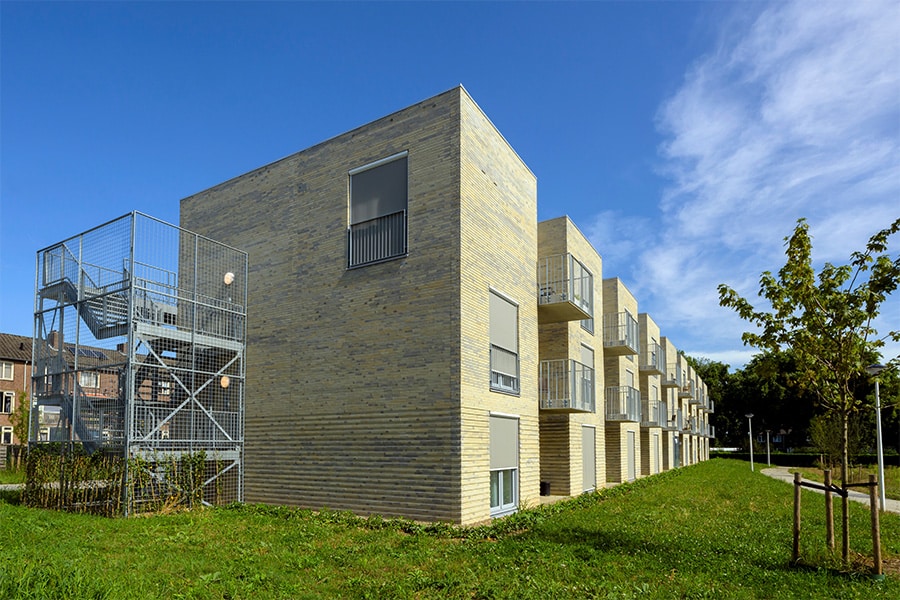
Challenges
While concrete facing bricks offer many advantages, there are still some challenges the industry needs to address. Feron advocates a wider variety of colors and textures so that these bricks also become more attractive for use in (interior) urban projects, where specific architectural requirements apply. In addition, he sees the sustainability of concrete as a major challenge. "The concrete industry faces the task of reducing cement consumption and eventually developing an alternative to cement, in order to increase the circularity and sustainability of concrete facing bricks," he says. This increase in sustainability is also a priority for MBI De Steenmeesters. Van den Tillaart explains: "We are fully committed to innovation and are continuously working on cement substitutes and fully recyclable products, such as Geostylistix Re-Used. With this, we want to further reduce the impact on the environment and contribute to a circular construction sector."
Another aspect facing the industry is the processing of concrete facing bricks. Arnold points out that the bricks require specialized knowledge and techniques, which can be a barrier for masons. "It's not a matter of traditional bricklaying, you really have to take it into account in planning and execution."
Future Prospect
Despite the challenges mentioned, the three gentlemen see a growing role for concrete facing bricks in architecture. Van den Tillaart emphasizes, "The concrete brick has been reinvented. Where it used to be associated mainly with sports halls, it is now a sought-after product in architecture. And we are only at the beginning of what is possible." Feron also sees plenty of opportunities for concrete facing bricks in future projects: "I would love the challenge of using this material not only for facades, but also in interiors. The possibilities are there, and it would be interesting to explore how we can optimally integrate it into different architectural styles."
With projects such as the social housing in Maastricht, the concrete facing brick is proving its added value. This material combines aesthetics, functionality and sustainability in a unique way, and the industry is actively working on innovative solutions for the future. It shows that concrete facing bricks are not only a valuable choice for today's architecture, but also for tomorrow's built environment.
